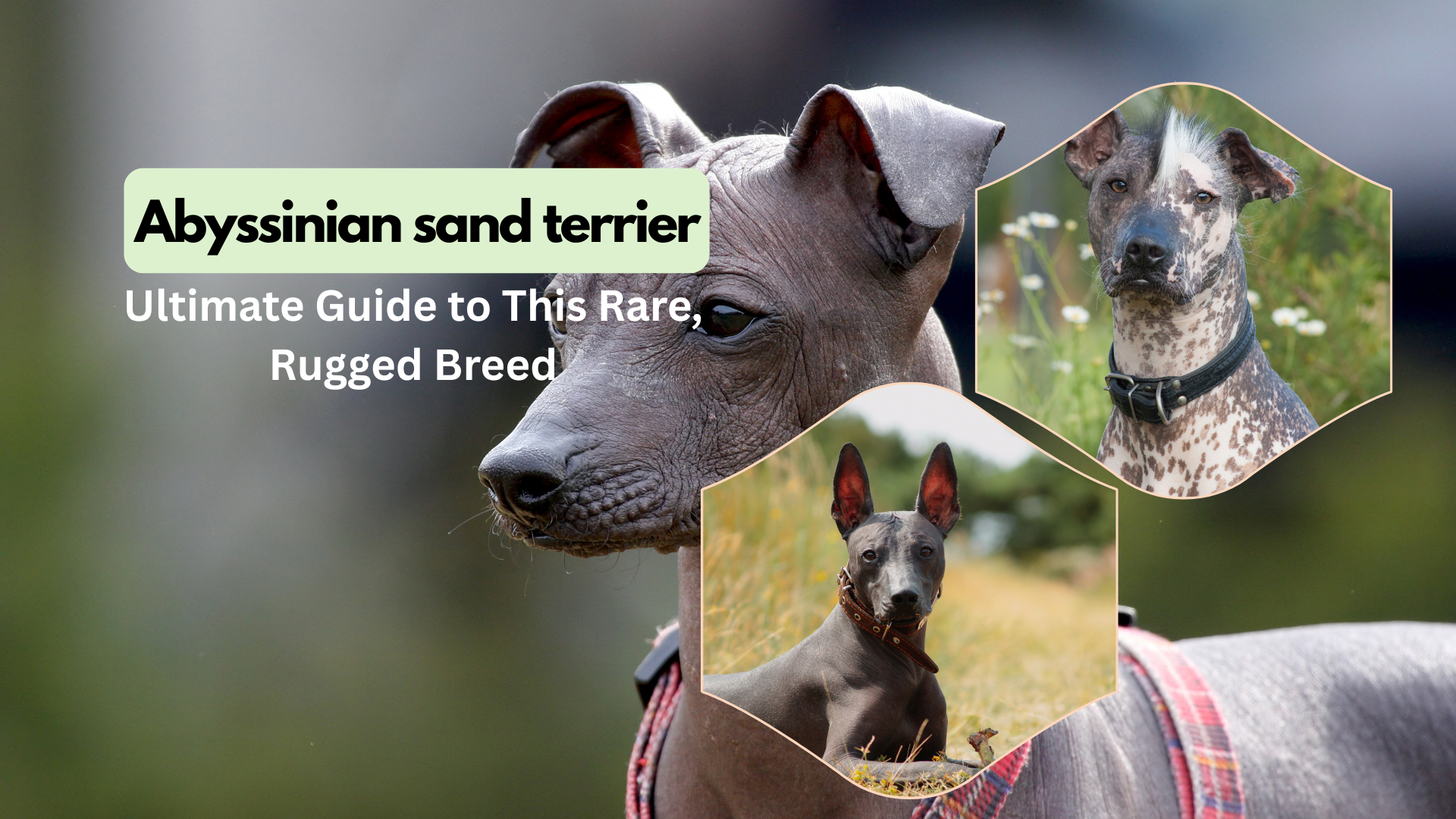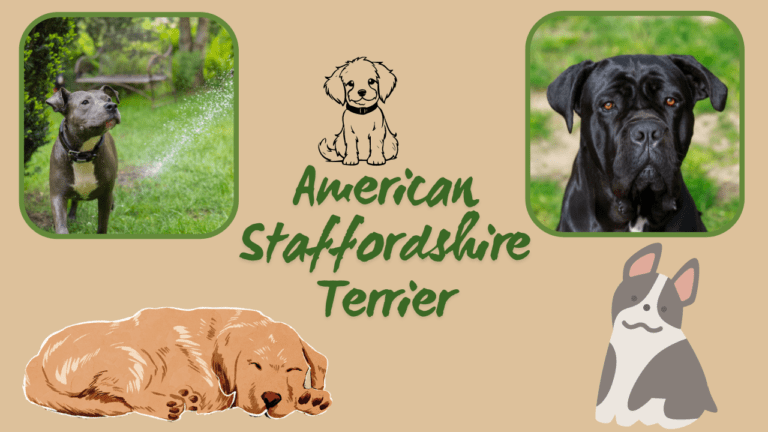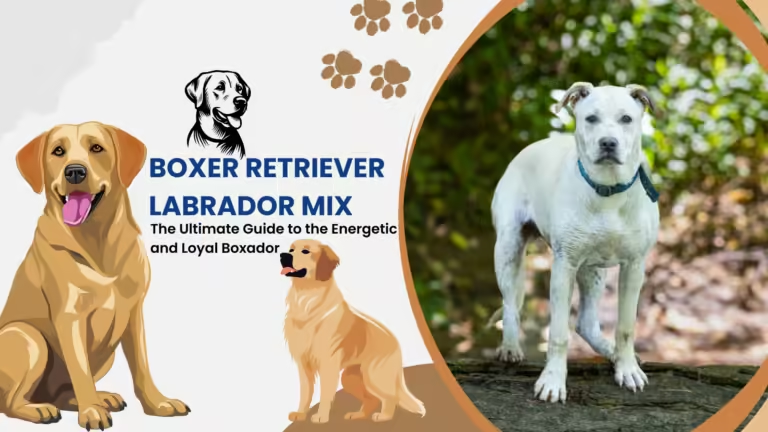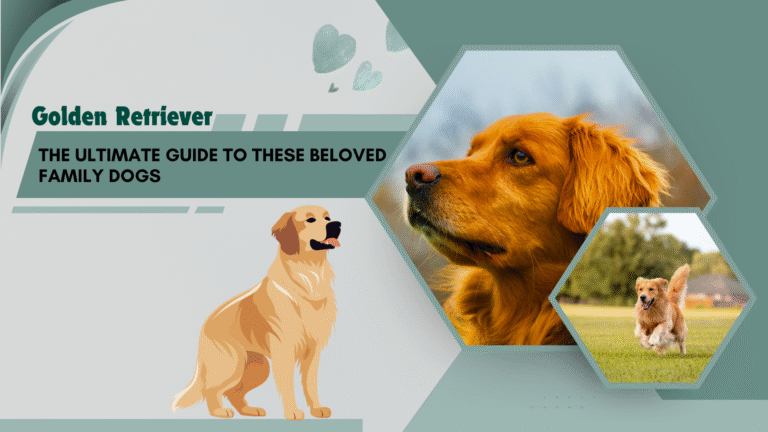Abyssinian Sand Terrier – Ultimate Guide to This Rare, Rugged Breed
The Abyssinian sand terrier is a unique, ancient-looking breed known for its hairless skin, high energy, and loyal companionship. With origins tracing back to Africa, this dog stands out not just for its looks but also for its remarkable intelligence and resilience. If you’re searching for a low-maintenance, affectionate, and striking dog, you’re in for a treat with this rare gem.
🌍 Origins and History of the Abyssinian Sand Terrier
This now-extinct breed, with an African origin, most likely developed in hot, arid conditions. Though history is sparse, historians suggest that Abyssinian sand terriers may have been kept as pets by indigenous inhabitants or even as working hunting hounds. The immunity of the dog against heat and diseases made them ideal for desert conditions.
As compared to selectively bred modern breeds, it is likely that the Abyssinian sand terrier bred by natural selection, in advance of stamina, skin toughness, and agile senses.
🧬 Physical Characteristics and Appearance
The Abyssinian sand terrier’s body is distinctive and often described as hairless, though some do have a close, fine coat. They possess skin in a gray to dark bronze range, and it is warm, soft, and slightly sun-sensitive so dog sunblock is occasionally required.
-
Height: 15–20 inches
-
Weight: 25–40 pounds
-
Skin Type: Mostly hairless, smooth texture
-
Ears: Large and upright, aiding in heat dissipation
-
Eyes: Expressive and almond-shaped
Their sleek, athletic body and salient cheekbones add to a kingly, semi-mythical appearance similar to a few very old paintings.
💖 Temperament and Personality Traits
Despite their unusual looks, Abyssinian Sand Terriers are affectionate, people-focused, and deeply devoted to their families. They are not made for extended hours of isolation; they like to stay near their family.
-
Loyal and watchful – Makes a great alert dog
-
Playful and energetic – Enjoys chasing, investigating, and playing fetch
-
Gentle with family – Particularly loving with older children
They possess a very strong protection instinct but only normally attack if threatened. Early socialization is crucial in order to enable them to get along well with other animals and strangers.
🐕 Social Behavior and Interaction
Sand terriers are human-oriented but shy initially. They connect quickly with proper introduction.
-
With children: Gentle with well-behaved, older children
-
With pets: Early socialization is a must high prey drive possible
-
With strangers: Friendly but not overly reactive
They excel best in social, active lifestyles with many companions around them not solitary lifestyles.
🛁 Daily Care Requirements
Their low-maintenance coat (or lack thereof) means grooming is minimal but not eliminated.
-
Grooming Needs:
Wash their skin with a damp cloth each week. Bath once a month with mild, non-irritating shampoo. Moisturize to prevent dry patches. -
Shedding Level:
Nest to none as they’re hairless but be on the lookout for dry skin. -
Skin Protection:
Apply dog-safe sunscreen on sunny days. Keep them warm on chilly days.
🥗 Nutrition and Diet Tips
Lean, protein-rich diet maintains their lean muscle and healthy skin.
-
Preferred Diet:
Top-of-the-range kibble or raw diets on a vet’s approval. Supplement with omega–3s for skin health. -
Meal Frequency:
2 times a day in adults, 3–4 times a day for puppyhood. Refrain from table food and oil products. -
Watch Out:
Weight gain, gastrointestinal upset, and skin allergy if an inappropriate diet is used.
🎾 Exercise and Activity Needs
A energetic and lively dog, the Abyssinian sand terrier appreciates physical as well as mental stimulation.
-
Walks:
At least 60 minutes a day in two or three sessions. -
Play Time:
Hide-and-seek games, puzzle toys, tug-of-war, and fetch are ideal. -
Mental Stimulation:
Interactive feeders or scent training can stimulate their mind.
An Abyssinian sand terrier that is bored can become destructive, so it needs to be kept busy.
🎓 Training Techniques That Work
Training an Abyssinian Sand Terrier requires patience, consistency, and a positive approach.
-
Start Early:
Begin obedience and crate training at 8 weeks of age. -
Positive Reinforcement:
Reward with treats, praise, and clicker training good behavior. -
Avoid Punishment:
It makes them frightened in this sensitive breed firm, gentle guidance is best.
🧠 Addressing Common Behavior Challenges
As with all terriers, they are a bit headstrong.
-
Digging:
Give a sandbox or supervised digging area. -
Barking:
Train the “quiet” command early and divert over-barking. -
Separation Anxiety:
Acclimatize gradually to time alone, use interactive toys, and don’t make dramatic departures.
🩺 Health and Wellness
Abyssinian sand terrier is a robust dog but is not free from specific special requirements.
-
Common Issues:
Skin disease, allergies, sunburn, stiffening with age. -
Routine Care:
Daily vet visits, heartworm treatment, dental hygiene. -
Lifespan:
12 to 15 years with proper care.
Keep them up on the shots and clean their skin and oil them for overall health.
🏠 Ideal Living Conditions
Tolerable to apartments and houses, they thrive best in loving, warm, and lively scenarios.
-
Climate Preference:
Mild or warm weather; not cold-resistant. -
Space Needs:
A safe yard is wonderful, but not required with sufficient daily exercise. -
Noise Sensitivity:
Quiet homes perfect perhaps not the most suitable for boisterous or unstructured settings.
👪 Family and Lifestyle Compatibility
This dog will fit a family who has:
-
Active adults or teens
-
Individuals who work from home or who are not away for long periods of time
-
Dog-experienced owners (preferably)
Families with young children, couch surfers, or individuals who don’t object to not exercising on a regular basis aren’t recommended.
🐶 Breeding and Puppy Selection
Because the breed is rare, puppies are difficult to locate.
-
Reputable Breeders Only:
Look for reputable breeders who test for inherited conditions and provide socialized puppies. -
Adoption Tip:
Some will show up in rescue clubs for unusual breeds don’t overlook rehomed adults. -
Ask for:
Health clearances, early training, vaccination history.
💰 Cost and Ownership Considerations
Budget for initial investment with monthly recurring expenses:
| Expense | Estimated Cost |
|---|---|
| Purchase Price | $800–$1,500 |
| Monthly Costs | $100–$150 |
| Grooming | Minimal |
| Vet Visits | Twice annually recommended |
| Toys, food, care | Add as needed |
❓ Frequently Asked Questions about Abyssinian Sand Terrier
1. Are Abyssinian sand terriers good pets?
Yes, for athletic and experienced owners that can give them attention and exercise.
2. Do they bark a lot?
Not a great deal, but they will alert when necessary.
3. Can they live in small spaces?
Yes, if they are removed daily for walks and stimulation.
4. Are they hypoallergenic?
No dog is 100% hypoallergenic, but their hairlessness may minimize allergic reactions.
5. Are they hard to train?
Not if begun early with positive reinforcement they’re smart and love to please you.
6. How often should they be bathed?
Once a month or as needed with dog-safe shampoo.
✅ Conclusion – Is the Abyssinian Sand Terrier Right for You?
If you want a smart, loving, distinctive-looking, and heat-tolerant dog, the Abyssinian sand terrier could be your best bet. With proper attention, training, and care, you can have a decade or more of loyalty and happy companionship from this rare breed.







